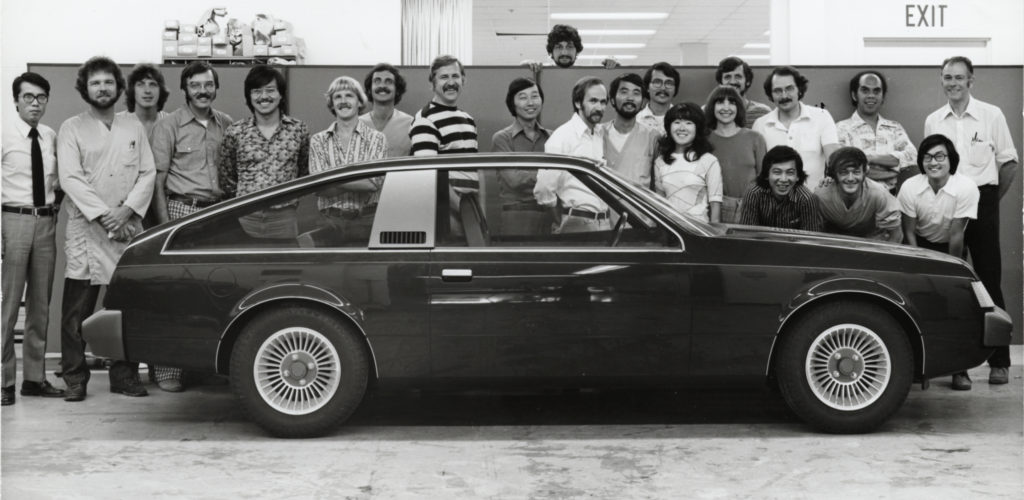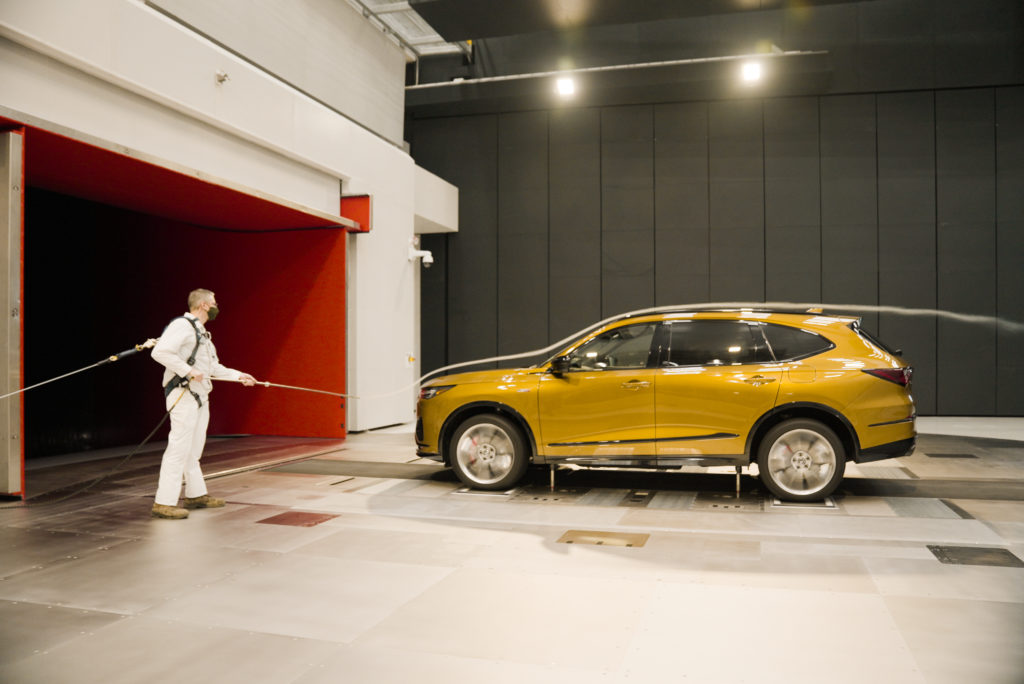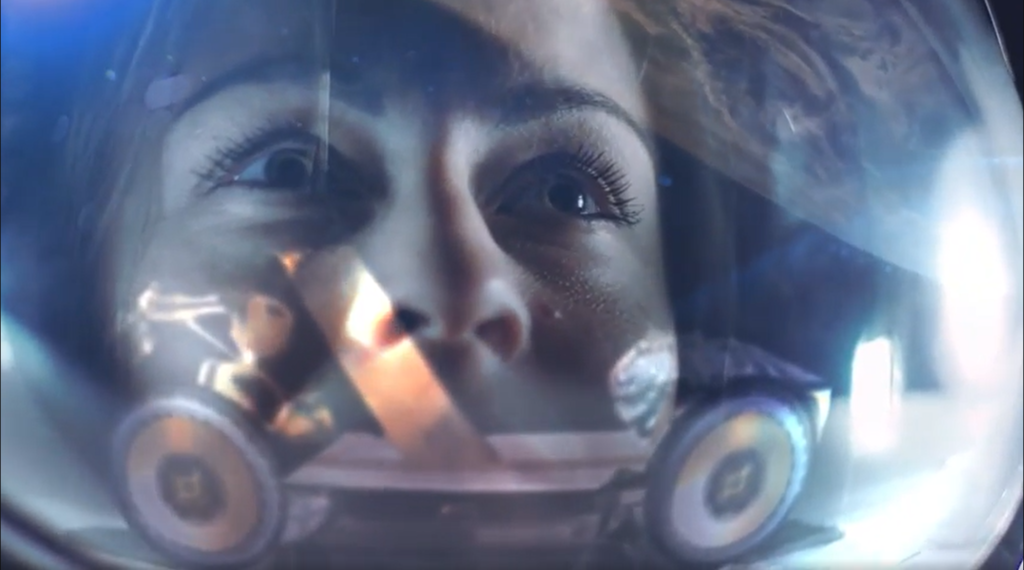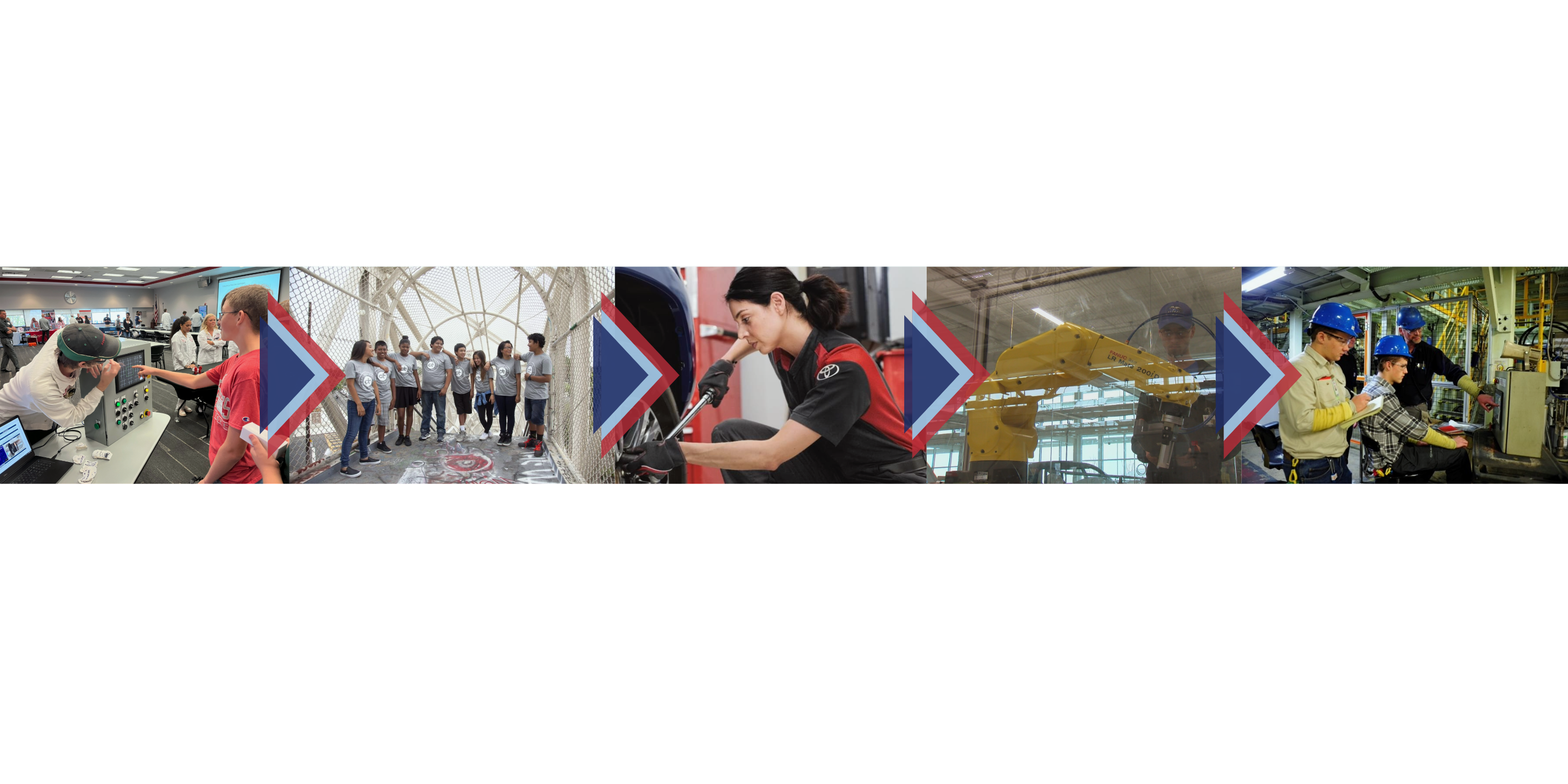By Anita Rajan, General Director
My first few months as General Director of Japan Automobile Manufacturers Association’s Washington DC office (JAMA USA) have been an invaluable experience. My previous role as Manager of Government Affairs at Mitsubishi Motors R&D of America equipped me with an appreciation for the complex journey that automobiles take from concept to consumer. Now, as a representative for all Japanese-brand automakers, seeing the totality of how these automakers not only uplift the U.S. auto industry with their presence but also have a positive impact on the communities where they operate has been deeply moving. I am also excited because there has never been a better or more dynamic time to be in the automotive industry with an era of accelerated innovation and sweeping technological change upon us.
As Detroit Auto Show returns after three years, the auto industry is coming together once again to showcase this innovation and technological change. As in past years, several JAMA members are announcing new advancements in vehicle technology and redoubling commitments to providing U.S. consumers with fun, safe, and efficient vehicles that fit their every need.
In reflecting on this year’s show, it’s worth remembering that the U.S. automotive industry wouldn’t be where it is today without the decades of innovation that brought us here. Japanese-brand automakers are an essential part of that American auto story. Since JAMA members’ first R&D facilities were established in the late 70s, with manufacturing production following soon after, Japanese-brand automakers have helped pave the way for groundbreaking innovation and industry-altering vehicle development to occur right here in the U.S.

Today, Japanese-brand automakers have a total of eight R&D facilities across the country, working to lead the industry with rigorous vehicle testing, first-class automotive safety research, and consumer-first vehicle electrification design and development. For instance, Toyota is developing the next generation of automated and advanced driver assistance systems through its longstanding partnership and financial support of the American Center for Mobility in Ypsilanti, MI. Additionally, Honda recently opened a $124 million wind tunnel facility located at the Transportation Research Center in East Liberty, OH, providing Honda’s R&D engineers with two world-class facilities to design and develop the vehicles of the future.

However, these facilities are not only developing passenger vehicle technologies, but they are also helping to sustain innovation that benefits other industries, some of which might be unexpected. In just one example, engineers from Nissan North America are working with Sierra Space to help design a crewed-Lunar Terrain Vehicle for future exploration of the moon.
These efforts and the numerous other programs and initiatives, both large and small, have helped establish centers of excellence in communities across the nation. This has enabled Japanese automakers to be exemplary employers and community partners, directly supporting more than 110,000 jobs, in addition to helping to bolster the U.S. auto industry and the economy as a whole.
We here at JAMA USA are excited about the future as our members lean into their strengths and harness this legacy of innovation and leadership to tackle the technological challenges of today and tomorrow.


